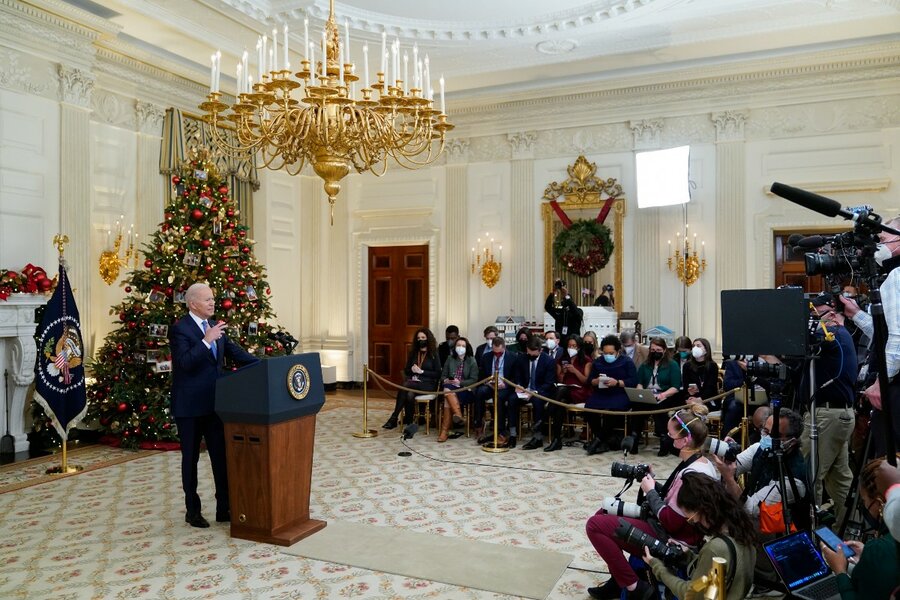Please stop making AI apps for your products.
We may earn a commission from links on this page.

Credit: Zain Awais – In-house art
AI is everywhere right now. If you’re a technology company, and you aren’t embracing artificial intelligence (ahem, Apple), you look like you’re behind the times. But just because generative AI is the trend right now, that doesn’t mean companies need to shoehorn it into absolutely everything they do. Maybe more companies need to follow Apple’s lead here.
Look, AI certainly has the potential to change the way we interact with technology, for better or for worse: Sometimes, a new application for it rolls around—like OpenAI’s shockingly realistic video generator—that demonstrates how much power AI has to disrupt life as we know it. But the way companies are adding AI to their products, for the most part, just isn’t it.
Big bloatware
Of course, there’s no escaping the big names adding AI functionality to their platforms: Google is all-in on Gemini, powering AI features in Android to traditional Google searches. The same can be said for Microsoft, of course: Windows now has Copilot, and envisions you using it for just about everything you do on your PC. Depending on who you are, you may see this type of forced-adoption as helpful or frustrating. I’m a bit indifferent: I’m happy to see new OS-level features use AI if they’re genuinely useful, and as long as I can avoid the aspects I don’t find necessary, it’s not a big deal. You can hide Copilot if you want to, and even though you can adopt Gemini as your Android assistant, you don’t have to. (At least, not yet.)
But at a certain point, the amount of in-your-face AI products from big companies starts to feel ridiculous. I know Meta is as big a name as Google or Microsoft, but nobody wants to use Meta AI on Facebook, Instagram, or WhatsApp. Maybe Llama 3 is a world-class LLM, but if I’m on one of Meta’s products, it’s to catch up with my friends, not to consult AI. That’s why AI-powered features are usually the better route: Unlike forced chatbots, these features can be useful, like Instagram’s AI image editing, and even if they’re not, they’re easily avoided.
Apple is also about to jump onto the AI bandwagon, though it’s not yet clear in what capacity. I think everyone would be thrilled if Apple kept the bloat to a minimum and added features that made sense for the platform. I’d just be happy if they made Siri better.
Everybody gets AI
But it’s not just the big names adding AI to their platforms: Companies left, right, and center are adding AI to things that simply do not need AI in the first place. In effect, AI is becoming the new bloatware, and I’d like it to stop.
Take Logitech, for example. The company recently announced a new mouse, the Logitech Signature AI Edition M750, which comes with one brand new feature: a button for summoning Logi AI Prompt Builder, a ChatGPT-powered app included in Logitech’s Logi Options+ software. Without getting too in the weeds here, Logitech wants you to hit the button whenever you want to harness the power of AI to punch up your writing: Rather than leave the app you’re in, Logi AI Prompt Builder will invite you to paste your text in a floating window, and give you the usual AI editing tools: Rephrase, summarize, reply, or, oddly, “Create Email.” You can also ask Logi AI Prompt Builder to do something specific with your text, adjust the length of the output, and adjust the tone, none of which is particularly radical for a generative AI app.

Credit: Logitech
Maybe I’m the ignorant one here, but I just don’t see the practical application for this. How many people buying Logitech mice really want to launch an app for reworking their writing, so much so they’ll buy a mouse with a dedicated key just for the privilege?
It isn’t going to be much of a help for PC users running Windows 11: Microsoft has already seen to it that a quick Windows key + C shortcut pulls up Copilot—which, by the way, is also powered by ChatGPT. If you really want some AI input on your writing, you certainly don’t need Logitech’s help to do so. Even if you’re using macOS, a largely AI-free operating system, you can keep a window with ChatGPT open in the background to paste your text into. If you prefer Google’s bot, you can ask Gemini to help your rewrite your words. If you use Opera, you can have the browser take a look. Hell, give it to Meta AI: There’s no shortage of apps to rewrite your words with (and that’s kind of my point).
But speaking of Microsoft, Windows PCs are also shipping with an AI button this year. The company added it to this year’s Surface Laptops, so new Surface users can hit the Copilot key to pull up the assistant. This, I’m torn on: Regardless of how much you think AI is going to change technology in the near future, dedicating a key to the tech—especially a key on a flagship Microsoft laptop—is a risky bet. How many of us are still hitting the built-in Crackle or Pandora buttons on our TV remotes? (Apologies to any fans of those services.)
The company Nothing, on the other hand, is coming out with earbuds that can activate the ChatGPT app with a press of the stem, in case you need to ask the AI for something with your Nothing buds. Maybe some people who really love AI are going to enjoy this shortcut to ChatGPT, but most people buying earbuds likely aren’t going to make their decision based on which brand connects them to ChatGPT fastest. That’s not to mention how app after app has integrated AI into their platform in some way, but at least for many apps, these features have their use or are easy to avoid.
Tech fads come and go
The tech industry is certainly not immune to capitalizing on fads and spectacularly failing. Remember 3D movies? Avatar seemed to convince everyone in Hollywood and TV manufacturing alike that 3D was the future: From then on, every blockbuster had to be in 3D, and the latest and greatest TVs had to support 3D as well. The TVs even came with special glasses, like higher-quality versions of the ones the theaters gave you. Of course, 3D TV never really took off, and 3D movies, for the most part, slowly died out. (Thank goodness.)
Speaking of TVs, remember when TiVo, and products like it, seemed like the way of the future? Who wouldn’t want to pay to have the power to pause, rewind, and record live TV? Unfortunately, TiVo never saw streaming coming, and with it, a host of us cutting the cord to watch content in any way, shape, or form we liked. Eventually, cable companies added the functionality to their services anyway: If you do still subscribe to cable, you have no reason to buy another product to manipulate your live TV experience. (That said, somehow, TiVo still exists.)
Even VR could be put in the running here. Look, I’ve loved many of my experiences with VR, but you can’t deny the reality that the tech simply hasn’t taken off the way you may have assumed it would. When it started rolling out (not counting the launch of the Virtual Boy, of course) who wouldn’t have thought that virtual reality was the way of the future? But expensive, clunky hardware (not to mention the total lack of immersion with the real world while in VR) put up too many roadblocks to get the tech mainstream. VR still enjoys some modest success in its niche, but it’s not a must-have tech in everyone’s homes.
Look, we’re still early days on this thing. Right now, most of the AI we’re seeing is either being rolled out by big tech, or contained within apps. I can handle that. But what I don’t want to see is more companies take the Lenovo or Nothing approach here: You don’t need to build an AI app within a product you already sell when that AI app adds nothing of value to the end user. I get it: Companies want to slap keywords like “AI” and “ChatGPT” on their products, because they think it’ll impress consumers. But if I buy a mouse and it asks me whether I want to use a proprietary AI app to rework my writing, I might have to box it up and return it.
Note: This article have been indexed to our site. We do not claim legitimacy, ownership or copyright of any of the content above. To see the article at original source Click Here













